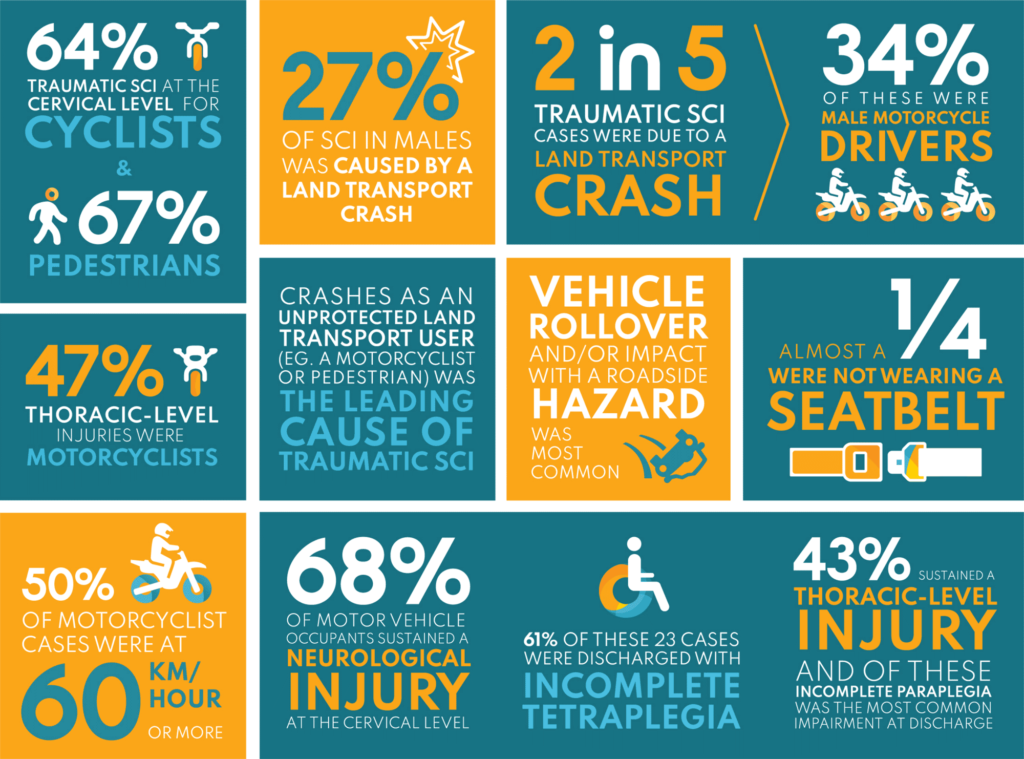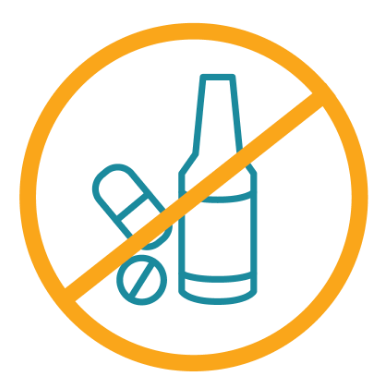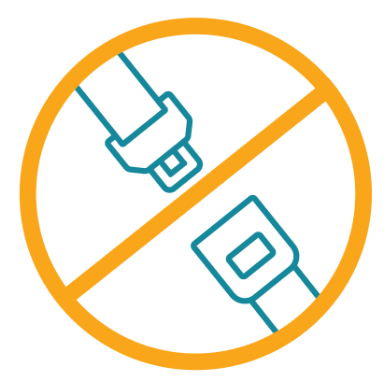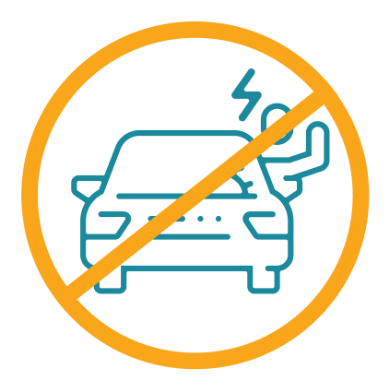SCI prevention
Spinal cord injury (SCI) is most commonly acquired through a road accident (39%) or a fall (39%). Below you will find more information about how we can all help prevent SCI.
What is a spinal cord injury?
The spinal cord is an extension of the brain from the neck to the lower back and it is protected by the vertebral column, the bony bits you feel in your back. It is made up of millions of nerve fibres that carry messages from your brain to and from your limbs, trunk and organs of your body.
Spinal cord injury happens when pressure is applied to the spinal cord which can be due to a traumatic blow to the backbone. If the blood and oxygen supply to the spinal cord is disrupted part of the spinal cord dies. This means messages cannot get through.

Don’t be a statistic

This includes motor vehicle, motor-cycle and quad-bike accidents. This figure also includes accidents involving cyclists and pedestrians.
Source: AIHW: Tovell A 2020. Spinal cord injury, Australia, 2016-17. Injury research and statistics series no. 129. Cat. no. INJCAT 209. Canberra:AIHW.
National Road Safety Week
How to be safe on the road

Don’t use your phone while driving

Don’t speed

Don’t drive while tired

Don’t drive when you are under the influence of drugs or alcohol

Remember to wear your seatbelt

Don’t get in a car with someone you don’t trust or shouldn’t be driving
-
Latest Article
Men’s Health Week and its important role on men in the SCI community
Read more: Men’s Health Week and its important role on men in the SCI communityby Martin Heng Men’s Health Week is not some new fad. It originated in the USA, so its timing coincides…

What to do if you suspect a spinal cord injury?
Spinal cord injuries are always serious. At the scene of an accident if you suspect a spinal cord injury it is vital to take great care as this will help minimise permanent disability and increase the person’s potential for recovery.
Signs and Symptoms of Spinal Cord Injury include:
- Head or neck in abnormal position
- Breathing difficulties
- Weakness or inability to move limbs
- Altered conscious state or shock
- Loss of bladder or bowel control
- Nausea, headache or dizziness
- Tingling or numbness in the limbs and area below the injury
- Change in muscle tone e.g. limbs stiff
- Pain at injured site
If you suspect a spinal cord injury take the following steps:
- Dial the emergency service number 000 (free call) and ask for either ambulance or police, in order of urgency.
- Follow DRABC
- D check for DANGER – to you, others and the injured person
- R check for RESPONSE – Is the person conscious?
- A check AIRWAY – Is airway clear of objects?
- B check for BREATHING
- C give CPR – If the person is not breathing start CPR.
- If the person is wearing a helmet, do not remove it unless it is stopping them from breathing and/or preventing CPR.
- If any trauma to the neck or back is suspected it is strongly recommend NOT to move the person. If the person is lying on their back and struggling to breathe due to fluid or blood blocking their airway, then WHILST supporting their neck, having someone supporting their back, roll the person in one movement to their side, whilst keeping full support at all times.
- Support the neck and immobilise them immediately.
When the paramedics arrive they will take over treatment. Please be aware that any movement to a neck or back that is already compromised or damaged could risk permanent damage.
Remember, if you or someone else is in an accident, always call 000. They will guide you through what to do.
Got a question?
Talk to us for more information about our services and how we can help you.